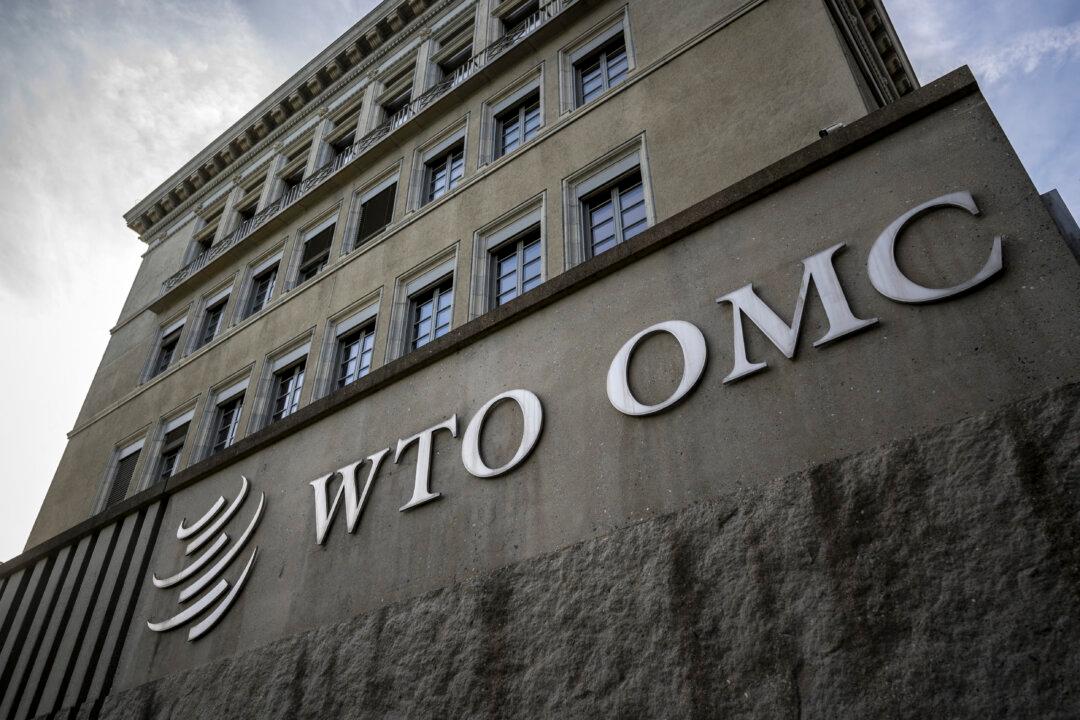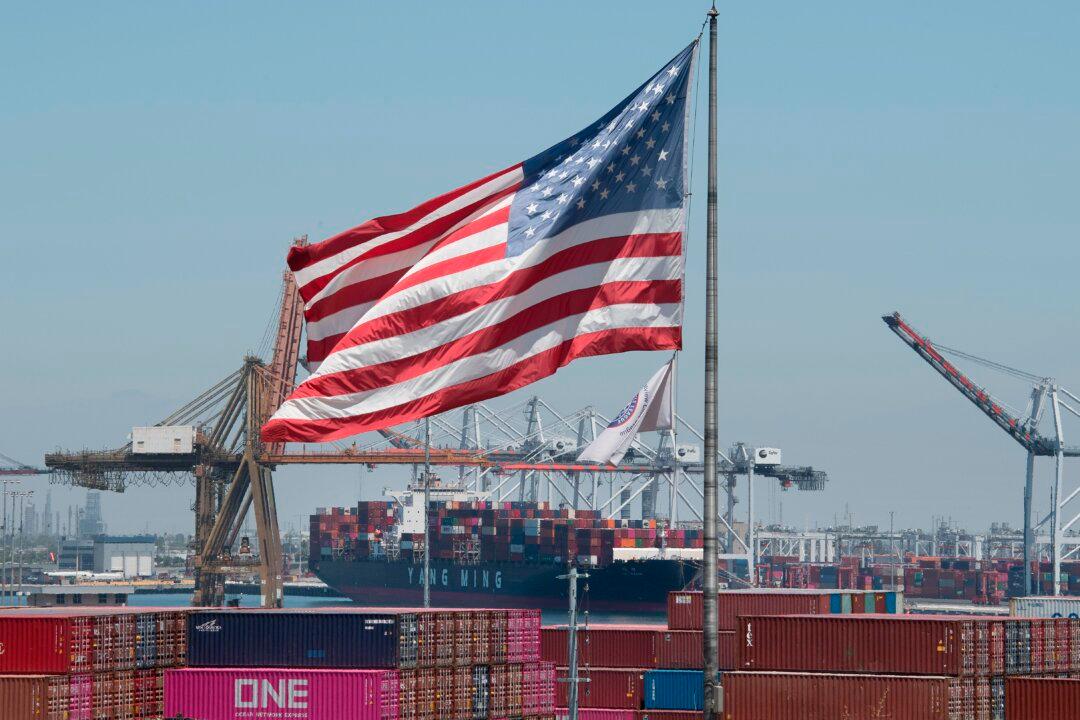With markets crashing down—and up—seemingly every other day, the only certainty in the markets right now is that there’s none to be found, anywhere in the world.
Futures Disasters
The Dow Jones Industrial Average fell 1,884 points at opening on Monday. The news for the S&P 500 isn’t any better.Futures on the S&P 500 were halted Sunday night as a 5 percent drop triggered “circuit breakers”—safety measures—intended to thwart deep declines. The trigger levels are based on the value of the index at the prior day’s close.
Of course, a futures steep selloff typically means that the markets will likely see a major decline in the next trading day. That is, unless contrary news presents itself.
The next 15-minute trading break for the S&P 500 index—a Level Two threshold—will be triggered at a 13 percent decline relative to the prior trading day’s close. If the threshold is breached by or after 3:25 p.m., however, no halt in trade will be triggered.
A Variety of Market Shocks
The shocks to the global equity markets are serious and growing in variety. The coronavirus shock is still unfolding as it makes its way westward. It’s disrupting economies throughout Europe and the Middle East, with Italy particularly hard hit.Market Pain and Instability Grow
Of course, millions of market investors, pensions, and 401K plans are feeling the pain of this major correction that everyone knew had to come sooner or later. The impact of coronavirus, of course, bears much of the immediate blame, and perhaps rightly so.But the trade war also hurt the U.S. economy as well.
The Oil Shock
But in addition to the coronavirus pandemic, the potential outbreak of oil wars between Russia and Saudi Arabia is a powerful negative driver as well. Oil prices cratered by 20 percent after OPEC failed to come to an arrangement regarding output pricing.Opportunity Is There, Too
But it’s not all bad news.This massive correction will flush out over-valuations in the market. It may also permanently damage China’s economy, a major competitor to the United States, benefiting America over the long term. And, for traders, such high volatility presents fantastic opportunities to make terrific profits. Stock prices, as every trader understands, fall faster and further than they ever rise.
And for long-term investors, over-sold markets also provide plumb opportunities to buy undervalued companies at deep discounts, and sometimes, for pennies-on-the-dollar.
What’s more, as uncertainty surrounding the coronavirus outbreak diminishes with a vaccine in sight within the next few months, some market rebounds are likely. But in the meantime, as both uncertainty and instability rise, the demand for relative security and stability will rise, too. That goes for everything from market assets to supply chains and where people want to either leave or live.
These factors may ultimately play into America’s favor.





